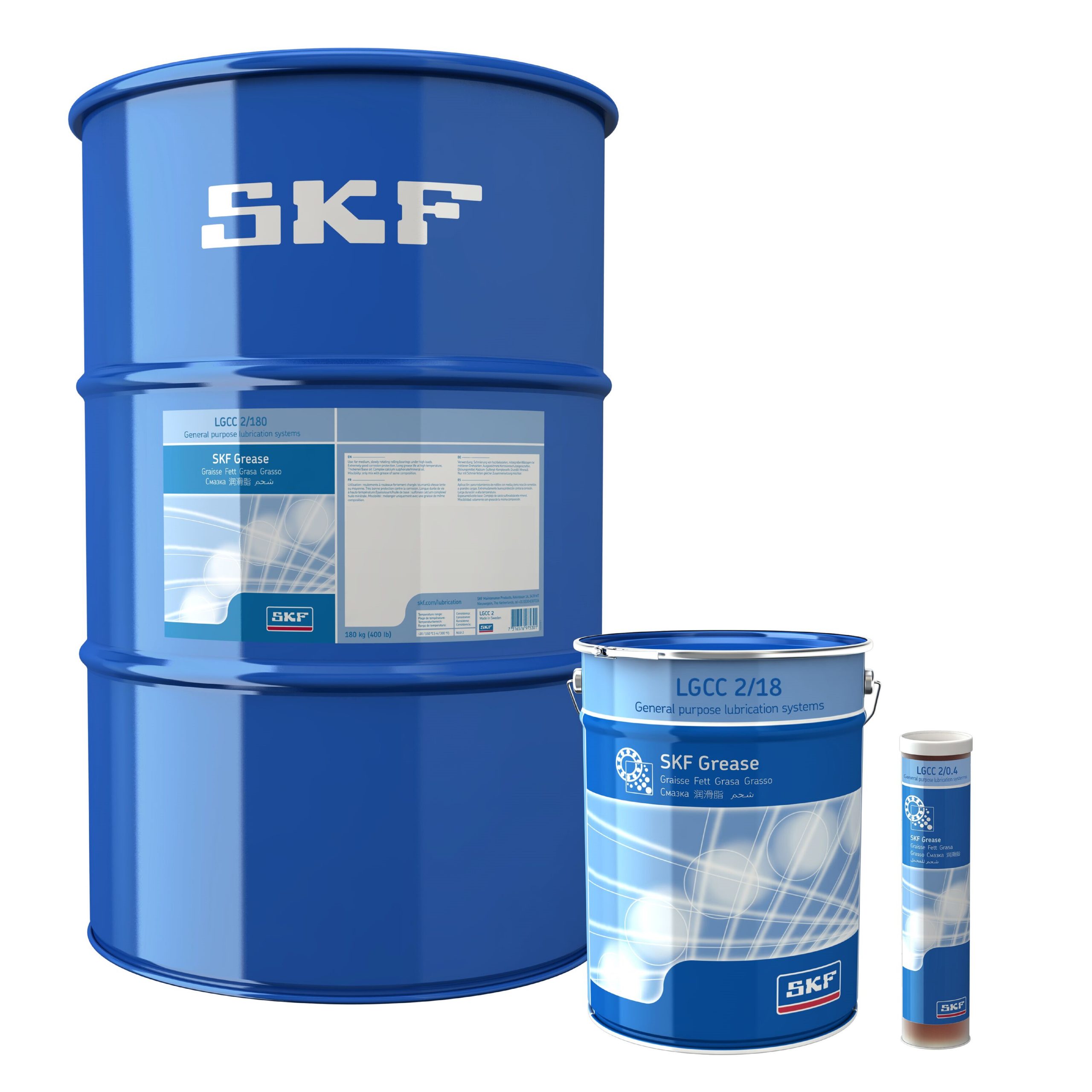
Zimbabwe is a country endowed with wealth mineral deposits. It has among its deposits diamonds, gold, platinum, chrome, coal, iron ore, asbestos and many others which are very significant to its economy. However my focus in this edition is about its platinum mining. Platinum mining has become one of Zimbabwe’s major export earners bringing millions of dollars in foreign currency into the country.
Zimbabwe’s oldest platinum mine Mimosa is located in Zvishavane in the Southern part of the country’s Great Dyke on the Wedza Geological complex. It is owned by Impala Platinum and Aquarias Platinum. It was exploited in 1920 for a brief period. Union Carbide took over mining activities from 1966 to 1975. In 1992 ZIMASCO took over. Impala Platinum refurbished the plant in 1990 producing under 30 000 tonnes of ore per month. Output has since increased with extracts of 100 000 ounces of platinum annual. The investment on Impala Platinum in Zimbabwe came at a time when Shabani Asbestos Mine was closing down. The mine managed to absorb most of the laid off workers of Shabanie Mine into its labour force. Economical the investment of impala brought along employment, housing, schools and above all it revived Zvishavane saving it from being a ghost town. Mimosa is one of the three platinum mines in the country contributing handsomely to the fiscus.
Zimplats Ngezi Mine is located almost 40km from Chegutu towards Harare. It was established as a joint venture between BHP and Delta Gold. It was opened in 1995 and later suspended its operations in 1999. In 2001 Impala Platinum started open cast mining which saw the mine doing very well in its initial stages. In 2011, 105 000 ounces of platinum was produced and an output of 165 000 ounces is expected annually from the expansion program being undertaken at the mine. The investment by BHP and Delta Gold saw an improvement in the life styles of the people of Mashonaland West with Chegutu Town experiencing a boom in housing. For the Mhondoro Community roads were rehabilitated and currently there is massive construction in Mhondoro due to the economic spill offs of the mine. The mine employs thousands of people with the majority from Mash West. This has improved the lifestyle of the people in the area and those surrounding it. Apart from this, the Mine engages in philanthropical work not only for the Mhondoro Community but the country as a whole.
Unki Mine is located in the Midlands area in the Chrome fields of Shurugwi. It is situated almost 20 minutes’ drive from Shurugwi Town past the scenic view of Boterekwa gauge. It was commissioned in 2010 and is owned by Anglo American. In 2011 it produced 50 000 ounces of platinum. The mine is designed to extract 120 000 tonnes of ore per month which should yield 70 000 ounces of platinum annually at full capacity. The mine has benefited the local and rural authorities around it. It has also renovated the Midlands Provincial Hospital building a new casualty department. Above all it has created employment for the people of Shurugwi and Gweru. It has also built houses for its workers at Shurugwi bringing in revenue to the local authority.
Though the three mines are the county’s cash cows in terms of foreign currency, they have been accused of failing to smelt the mineral in the country. This has led to the firms doing their smelting in South Africa and its beneficiating process not benefiting the country. It is the foreign currency which is made after beneficiation which has eluded the Zimbabwe fiscus Authority. This has seen the Government ordering the three firms to build a smelter in the country to avoid external beneficiating. This will in future increase the revenue of the country if implemented. Currently the firms agreed to yield to government’s demand and are set to build a smelter in the country. It is said that in the mining of platinum, other minerals are found and some during the smelting process. It is the cost of these minerals which is lost to the country and externalised. In other words exporting raw platinum benefits the country little rather than exporting it when fully processed. In an endeavour to protect this sector government has declared platinum a strategic mineral together with diamonds. This is a move meant to control the exploitation of these minerals. Government is poised to earn a lot of foreign currency to meet its budgetary obligations. This will also improve the economy of the country. Platinum mining plays and will continue to play an important role in the country’s economy as it is expected to be a major foreign currency earner. Its demand international has seen its price rise from $730 per ounce in 2017 to about $1.150 by the end of 2019. By 2020 it is expected that platinum price will be $1 350 per ounce. It is this price and the high demand for platinum which will see the country enjoy the mining of this commodity.
With the three mines heavily embarked on expansion, production is set to increase to levels which will surpass the 70 000 ounces per annum at Zimplats and an expected combined production of over 250 000 ounces per annum. Platinum therefore remains a very important mineral in the economy of the country. With more platinum deposits having been discovered the country is bound to enjoy the economy of this mineral for a long time.








I would like to express my thanks to the writer just for rescuing me from this type of crisis. Just after exploring through the search engines and obtaining solutions which are not beneficial, I figured my entire life was done. Living devoid of the approaches to the issues you’ve solved by means of this guideline is a serious case, and those which could have in a wrong way affected my entire career if I hadn’t come across the website. Your primary natural talent and kindness in playing with all the things was crucial. I don’t know what I would’ve done if I hadn’t discovered such a subject like this. It’s possible to at this time look ahead to my future. Thank you very much for this impressive and amazing help. I won’t be reluctant to recommend your web blog to anyone who ought to have counselling about this matter.
Thanks for all of the efforts on this blog. My daughter loves participating in research and it is easy to understand why. All of us notice all about the compelling form you present vital tips and hints through your web site and even boost participation from visitors on the subject matter and my girl is without a doubt becoming educated so much. Have fun with the remaining portion of the new year. You are always carrying out a splendid job.
I’m just writing to make you understand what a superb experience my friend’s daughter went through reading yuor web blog. She mastered too many things, which included how it is like to possess an awesome giving heart to let certain people quite simply comprehend several advanced issues. You undoubtedly surpassed her expected results. Many thanks for delivering these beneficial, trusted, educational and even unique guidance on that topic to Gloria.
I wish to express my passion for your kindness for persons that require help on that subject. Your very own dedication to passing the message all-around turned out to be extremely valuable and have always made ladies like me to arrive at their targets. Your personal valuable help entails this much a person like me and further more to my office workers. Thanks a ton; from all of us.
I wish to get across my gratitude for your kindness giving support to those people that absolutely need help with this particular study. Your special dedication to passing the message along appeared to be surprisingly useful and have without exception permitted those just like me to achieve their objectives. Your helpful advice signifies this much a person like me and extremely more to my office workers. With thanks; from each one of us.